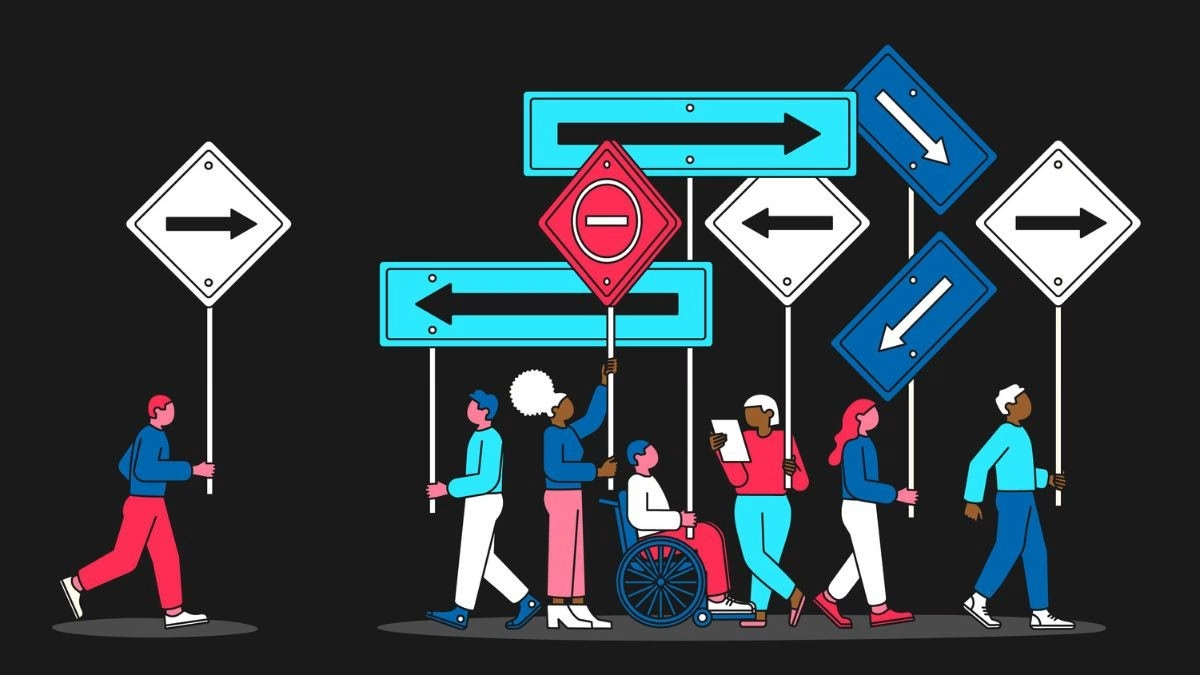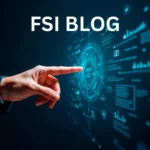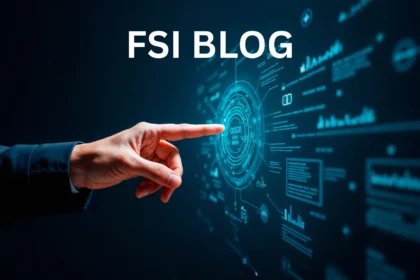Data annotation is often treated as a simple step in the AI pipeline: drawing boxes, tagging text, or tracking objects in video. But the best platforms go far beyond those basics. For teams working on complex, real-world problems, the right tool can handle tasks that look impossible at first glance.
This post highlights five advanced use cases that modern annotation platforms already support. If you’ve only used yours for standard labelling, you might be missing powerful features that can save time, reduce errors, and unlock entirely new workflows.
Why This Goes Beyond Basic Tagging
Basic audio annotation tools only allow one tag at a time. That works for clean data. But overlapping events need multiple labels on the same timeline, sometimes with different durations, confidence levels, or sources.
Platform features that support it
Look for platforms that support:
- Multi-track timelines
- Layered annotations per audio segment buzzwrite
- Playback tools for precise time adjustment
- Label categories grouped by source (e.g., voice, ambient, device)
These features help reviewers tag two or more events without conflicts or errors.
Where this applies
Some common use cases:
- Call centre analytics – speaker diarisation, cross-talk, sentiment cues
- Urban sound tagging – traffic, sirens, human activity in the same clip
- Podcast editing – identifying overlapping tracks (ads, music, speech)
A well-built and intuitive data annotation platform can handle these multi-label audio workflows out of the box. No need for manual workarounds or patching together external tools.
Annotating Object Movement Across Video Frames
Still-frame bounding boxes only tell part of the story. When working with video, you often need to track how objects move, not just where they are.
Why tracking matters
In many use cases, it’s not enough to label that a car, person, or object exists. You also need to know:
- How it moves across frames
- When it enters or leaves the scene
- If it changes identity (e.g., occlusion or reappearance)
Static labelling misses these changes. That’s where video tracking comes in.
What tools support this
Look for features such as object ID assignment, frame-to-frame interpolation, occlusion handling where an annotation disappears and returns, and label persistence across scene changes. These capabilities help reduce manual rework and keep tags consistent throughout the video.
Use cases
This is useful in:
- Autonomous driving – track vehicles, buzzwrite.org pedestrians, and traffic signs
- Sports analytics – follow player movements and ball paths
- Drone footage analysis – monitor objects over wide areas and long durations
A purpose-built video annotation platform can make this work much faster and more accurate than labelling each frame by hand.
Tagging Subjective Data Like Emotion or Intent
Not all labels are based on visible facts. Some tasks require judging tone, emotion, or intention, which aren’t always obvious or consistent.
 Why this is more complex
Why this is more complex
Subjective tags vary by context. One annotator might tag a message as neutral, while another interprets it as sarcasm. Emotion and intent often require interpretation of tone or phrasing, cultural or linguistic awareness, and confidence levels rather than just binary labels. This makes agreement harder and the process slower, unless the platform supports it.
Features that help
Some annotation tools now support:
- Multi-annotator inputs (for comparison and consensus)
- Label confidence scoring (low, medium, high)
- Comments or justifications per label
- Predefined edge-case examples for reference
These features reduce ambiguity and improve consistency.
Where it’s useful
Common applications:
- Sentiment analysis – especially for sarcasm or mixed tones
- Customer support chat review – intent tagging (question, complaint, feedback)
- User behaviour studies – emotion recognition from voice or text
This is where a flexible AI data annotation platform can make a difference. If your project depends on subjective tagging, look for tools that support structured disagreement and reviewer input.
Nested Entity Recognition in Documents
Some text contains entities inside other entities. Labelling those relationships correctly is more advanced than basic named entity recognition (NER).
What nested entities look like
A sentence like: “Apple Inc., based in Cupertino, California, released the iPhone 15.” has layers of information:
- “Apple Inc.” → Organisation
- “Cupertino, California” → Location
- “iPhone 15” → Product
- But also, “Apple Inc. … released the iPhone 15” → Event or Action
These labels can overlap or contain one another. Many basic tools don’t support this structure.
What the right tools offer
Look for:
- Linked entities (parent/child relationships)
- Multi-level tagging (e.g., phrase + word-level)
- Visual layout for reviewing nested labels
- Disambiguation options for similar terms
These features are essential for legal, medical, or technical documents where relationships between entities matter more than single tags.
Use cases
Nested tagging is common in:
- Legal contracts – parties, terms, dates, clauses
- Scientific publications – substances, processes, references
- Technical manuals – components, steps, systems
An image annotation platform may not apply here, but many text-focused platforms now support structured and nested tagging through custom schema options.
Creating Labelling Workflows With Logic Rules
Not every task is just tag-and-go. Some require logic, like skipping a step, branching to another task, or hiding fields unless certain labels apply.
What logic-based workflows look like
A logic rule might say:
- If Label A is selected → Show additional questions
- If Label B is missing → Don’t allow submission
- If confidence is below 60% → Send for second review
Without this, reviewers waste time doing extra work or make mistakes by skipping context.
Platform features to support it
Look for platforms that offer conditional label visibility, task branching based on inputs, auto-routing to QA or escalation queues, and form logic with if/then display rules. These features save time and improve accuracy, especially on multistep projects.
Common use cases
- Content redaction – If “Personal Info” is tagged → hide full document
- Medical data – If symptom present → open additional fields
- Moderation workflows – Label offensive content → auto-send to review team
If your current tool feels too linear or rigid, there’s likely a more flexible annotation platform that can support branching and rule-based workflows natively.
Summing Up
Most teams only scratch the surface of what modern annotation tools can handle. If you’ve struggled with overlapping labels, nested entities, or workflow logic, the problem might not be your data; it might be your tool.
Before assuming a task is too complex, take a closer look at what your current platform offers, or what others might. A more capable annotation platform can simplify the work, improve quality, and save time across your entire pipeline.
Photo by Omar Lopez-Rincon on Unsplash Renewable energy software development: Powering a sustainable futureTech5 benefits of tax software hosting for small businessesTechTransform your photos into living memories: The magic of image to video AITechGet ready, London! Borderlands 4 is taking over Waterloo StationLondon NewsTechHow to sync subtitles with AI voiceovers in CapCutTech

Drew Pritchard’s new wife: An insight into the life of the antique dealer and his love story
Snapchat best friends list checker: How to see someone’s best friendsTech






